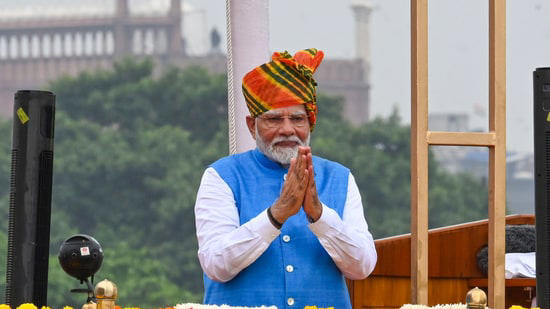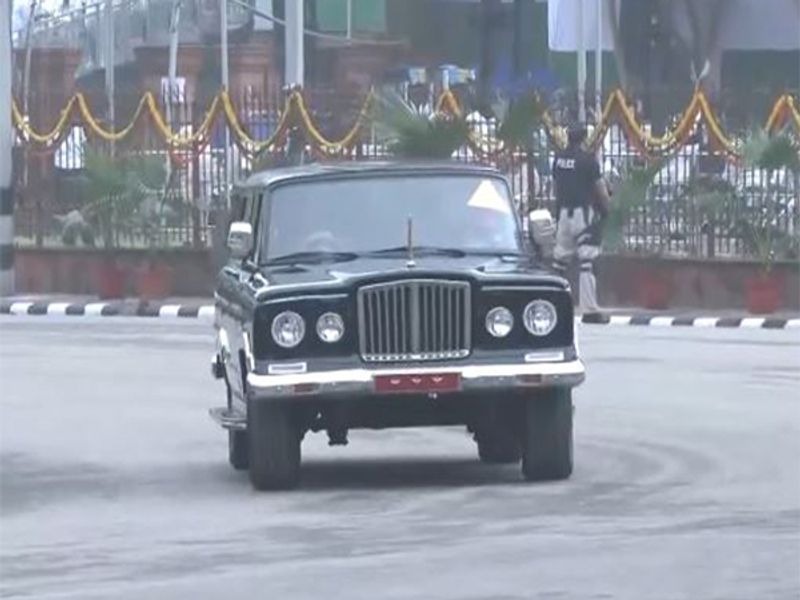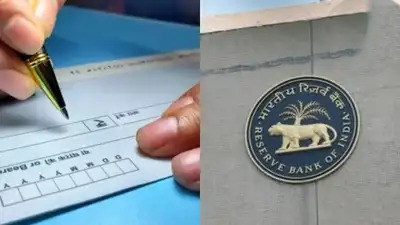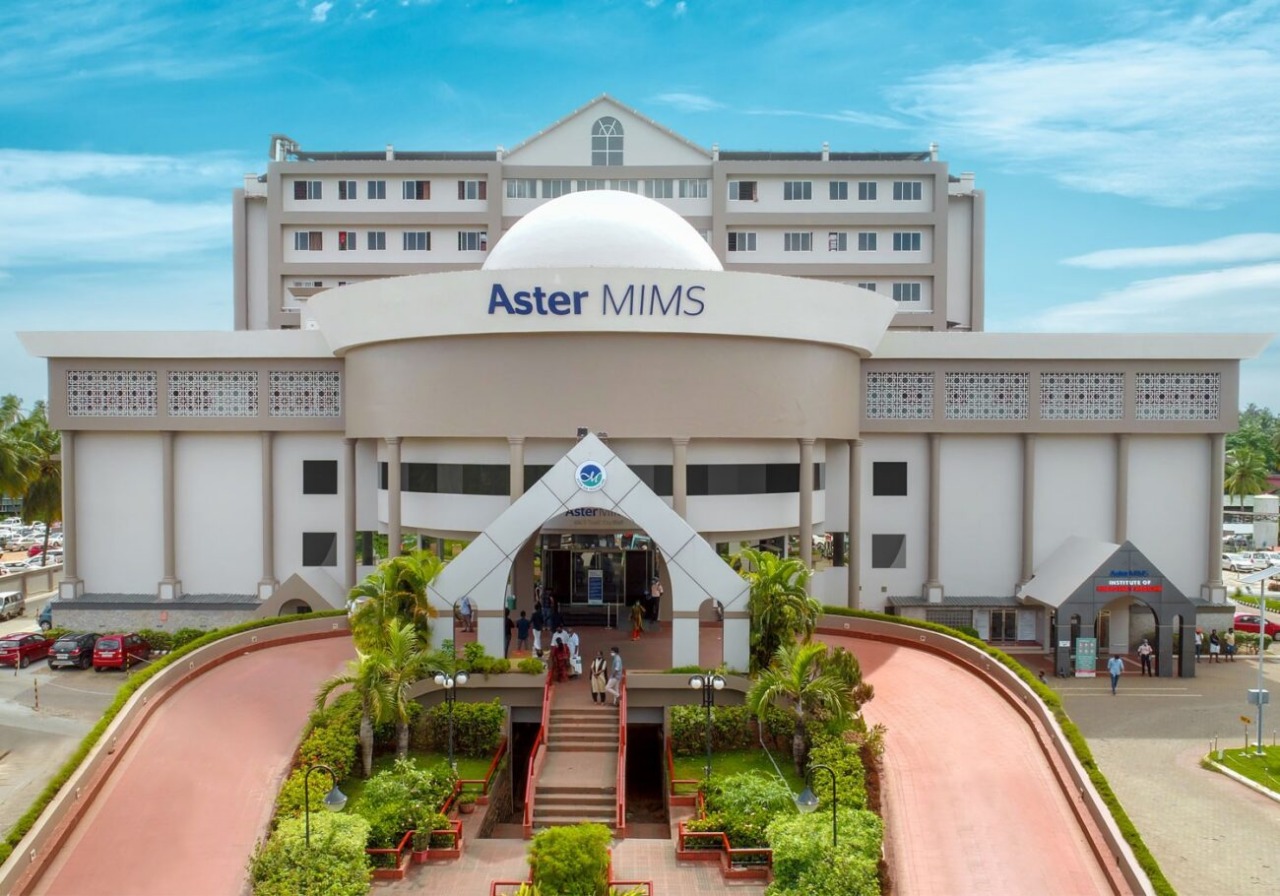 Image Source : Hindustan Times
Image Source : Hindustan Times
In a resolute and forward-looking Independence Day speech from the Red Fort, Prime Minister Narendra Modi laid out a sweeping vision for India’s economic and social transformation. With a strong emphasis on protecting the interests of farmers, fishermen, and cattle rearers, Modi also announced a ₹1 trillion youth employment scheme and promised next-generation GST reforms by Diwali. His remarks come amid rising global trade tensions and domestic calls for inclusive growth.
Key Highlights
-
India will not accept any compromise that harms farmers, fishermen, or cattle rearers.
-
A ₹1 trillion youth employment initiative will be launched to boost job creation and skill development.
-
GST reforms aimed at reducing taxes on everyday-use items will be rolled out by Diwali.
-
A task force will be formed to guide the next wave of economic reforms.
Standing Firm for Rural India
Protection of Agrarian Interests Modi reaffirmed his government’s unwavering commitment to rural communities, stating that India will stand like a wall against any policy that undermines their welfare. This declaration follows recent trade tensions with the United States, which imposed steep tariffs on Indian goods in response to continued Russian oil imports.
Farmers, Fishermen, and Cattle Rearers Modi emphasized that these groups form the backbone of India’s economy and food security. He pledged that no international pressure or domestic policy would override their interests, even if it meant paying a heavy economic price.
Strategic Messaging The Prime Minister’s remarks were widely interpreted as a direct response to Washington’s demands for greater access to India’s agricultural markets. Modi made it clear that India’s sovereignty and rural livelihoods are non-negotiable.
Youth Employment Scheme: ₹1 Trillion Investment
Scope and Objectives The new employment scheme will focus on job creation, entrepreneurship, and vocational training for youth across sectors including manufacturing, digital services, and green energy.
Implementation Timeline The scheme will be rolled out in phases beginning Q4 FY26, with special emphasis on Tier 2 and Tier 3 cities.
Funding and Structure The ₹1 trillion investment will be sourced through a mix of budgetary allocations, public-private partnerships, and sovereign funds. A national employment dashboard will be launched to track progress and ensure transparency.
GST Reforms by Diwali
Everyday Relief Modi announced that the next generation of GST reforms will focus on reducing tax rates on essential items such as packaged food, hygiene products, and household utilities.
Simplification and Compliance The reforms will also aim to simplify filing procedures for small businesses and improve input tax credit mechanisms.
Task Force Formation A dedicated task force comprising economists, industry leaders, and policy experts will be constituted to design and implement the reform roadmap. The task force will submit its recommendations by October 2025.
Broader Economic Context
India’s economy is projected to grow at 6.8 percent annually over the next three years, with strong domestic demand and infrastructure spending driving momentum. Modi’s announcements align with the government’s broader push for self-reliance, digital transformation, and inclusive growth.
The Prime Minister also reiterated India’s commitment to energy independence, semiconductor manufacturing, and defense modernization, all under the banner of “Naya Bharat.”
Outlook
Modi’s Independence Day address sets the tone for a transformative policy agenda focused on protecting rural livelihoods, empowering youth, and simplifying taxation. As India navigates global headwinds and domestic aspirations, these initiatives could redefine the country’s socio-economic landscape in the years ahead.
Source: Business Standard, Economic Times, Indian Express, August 15, 2025
Advertisement
Advertisement





